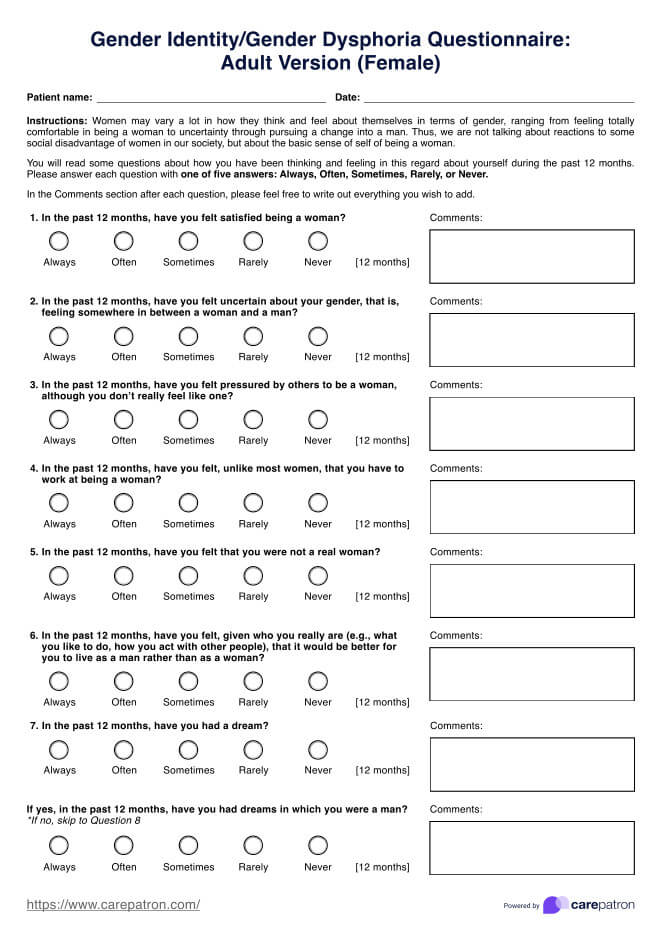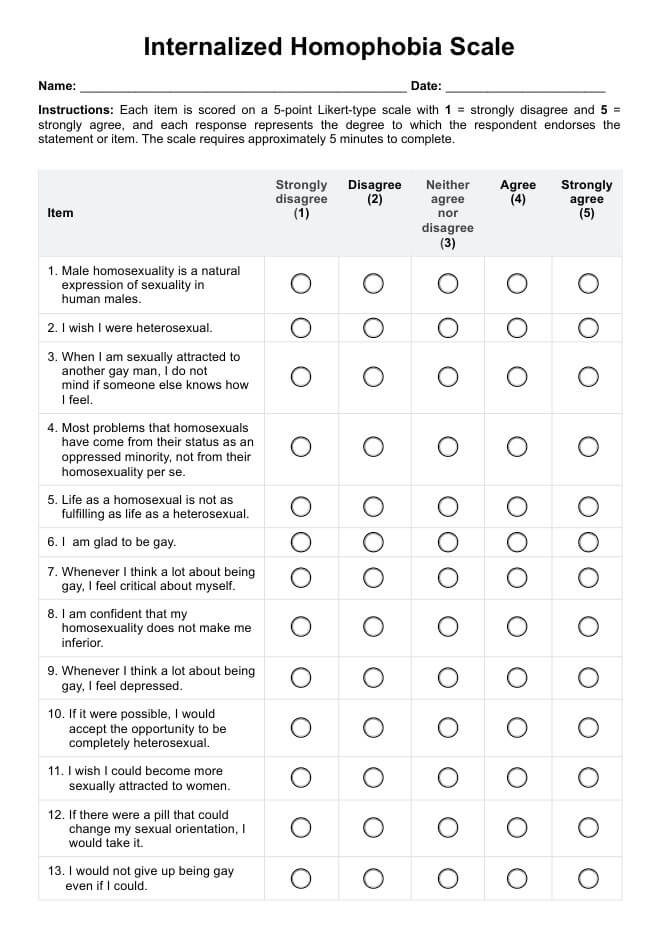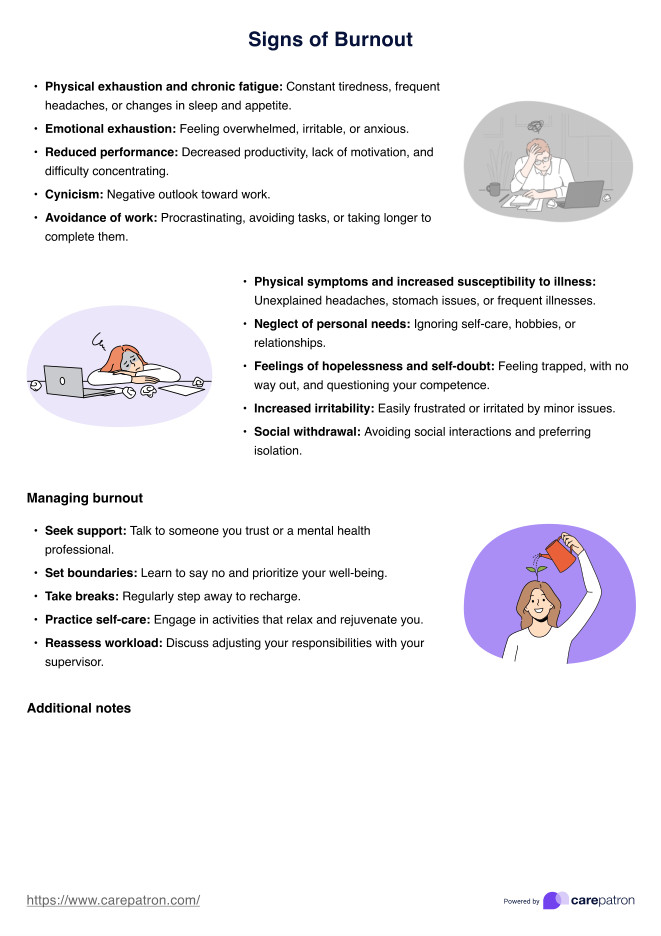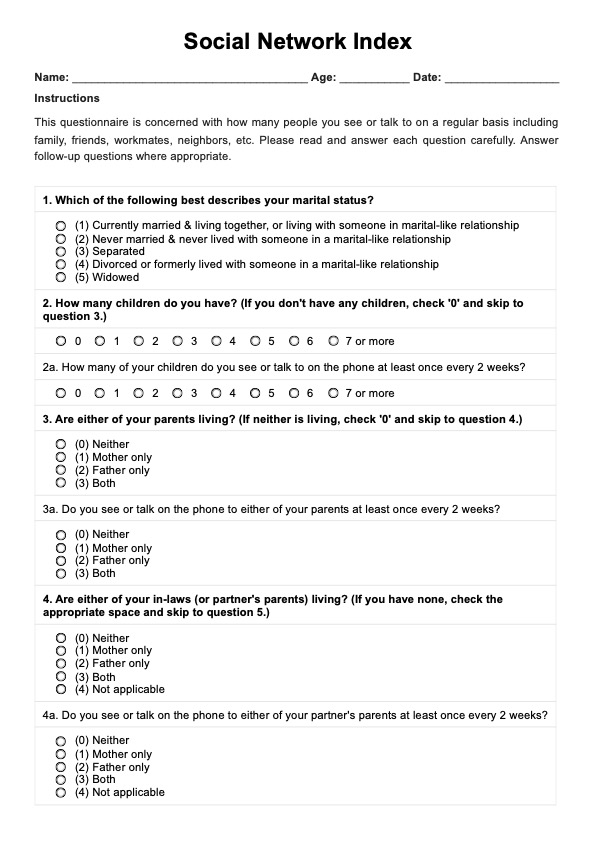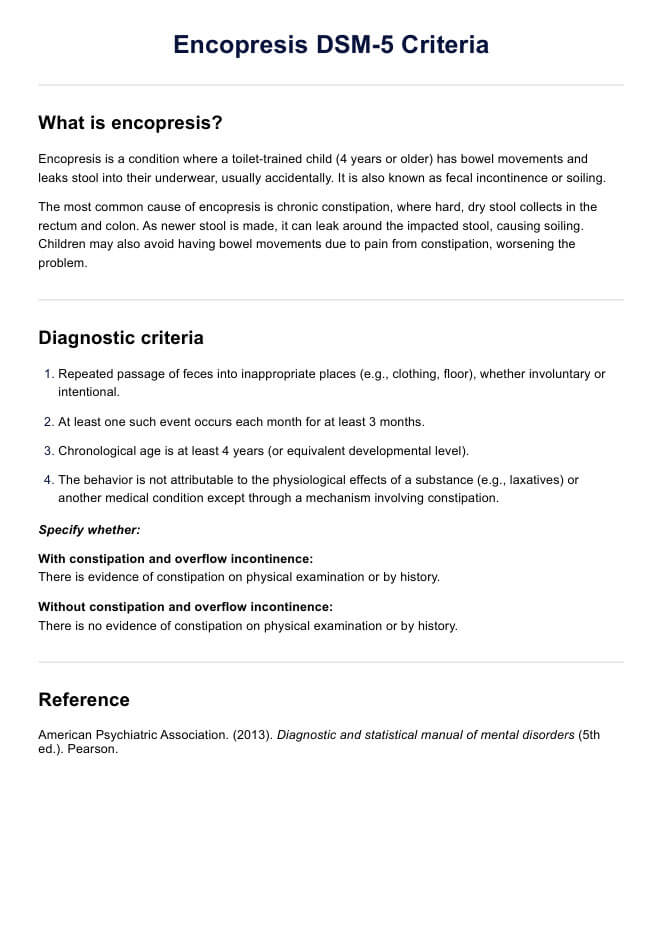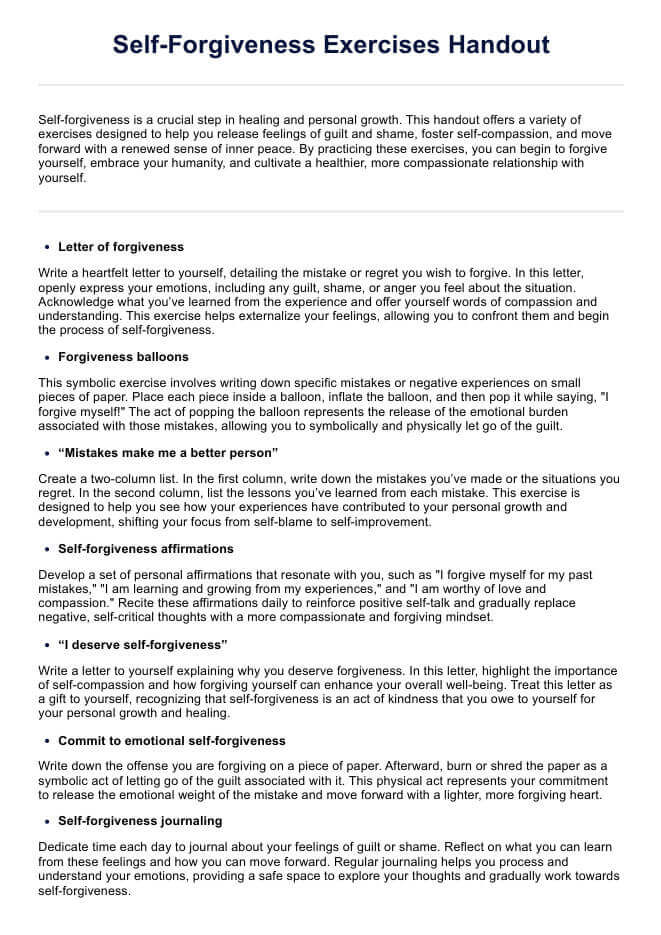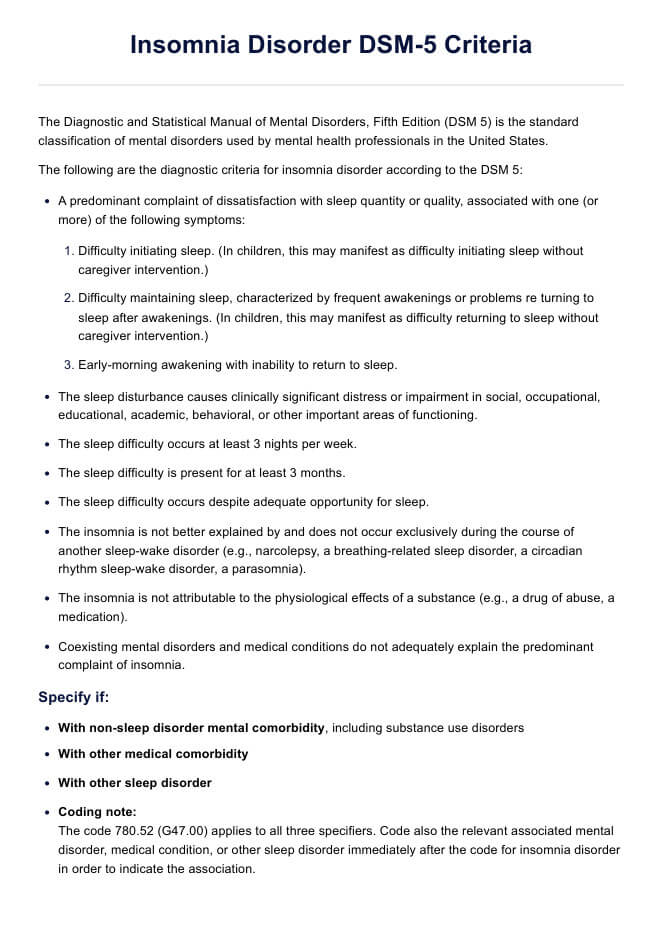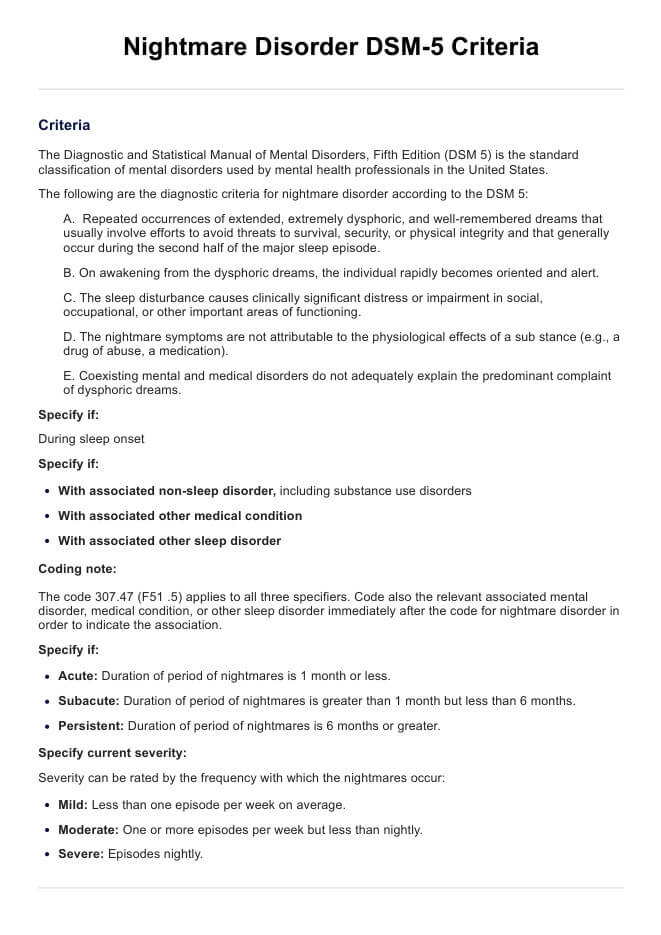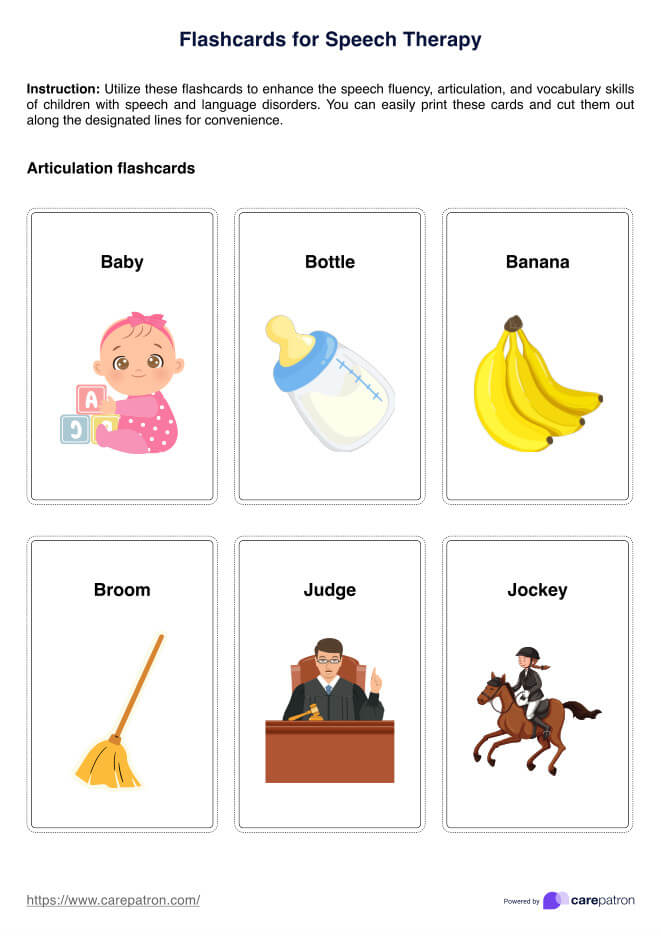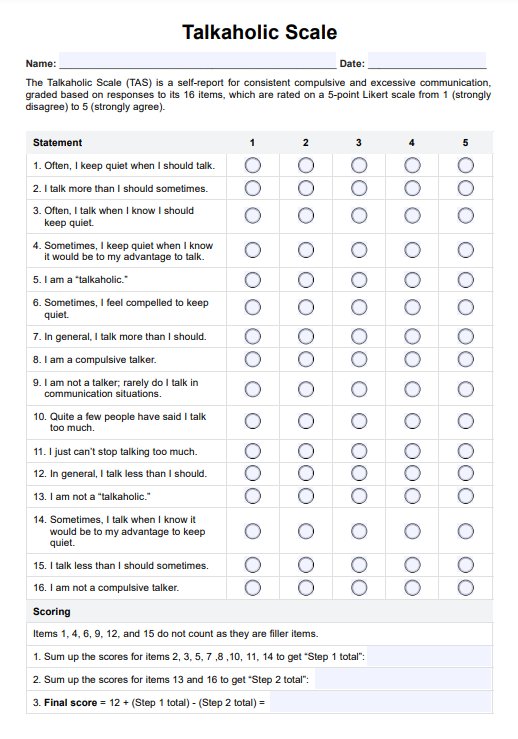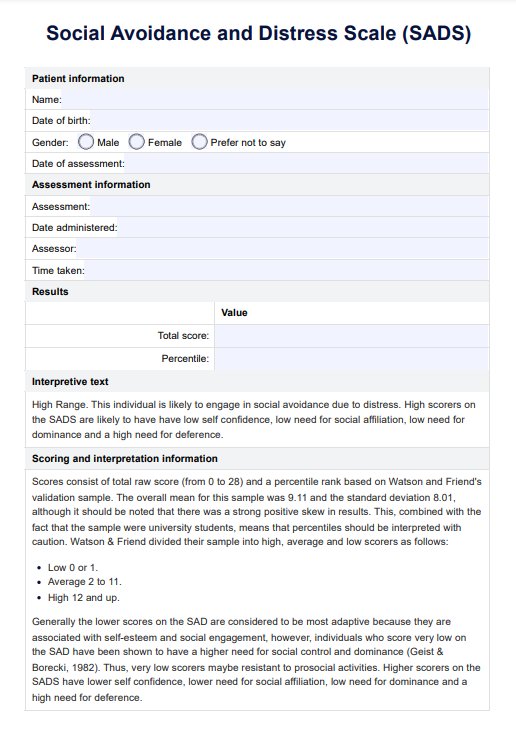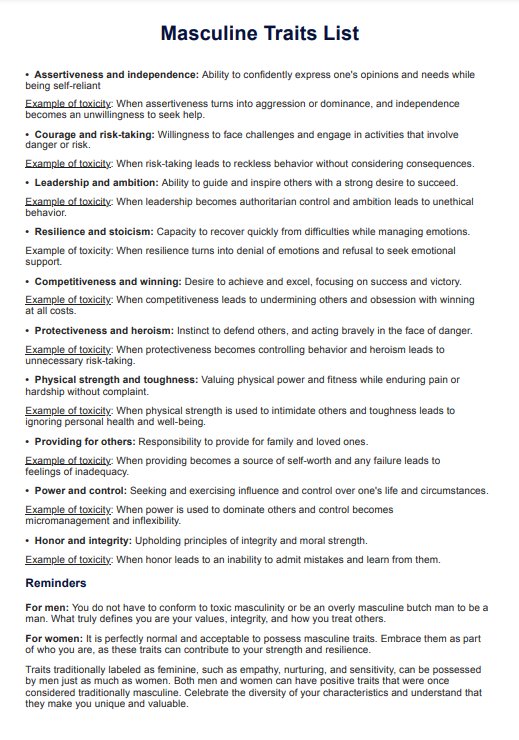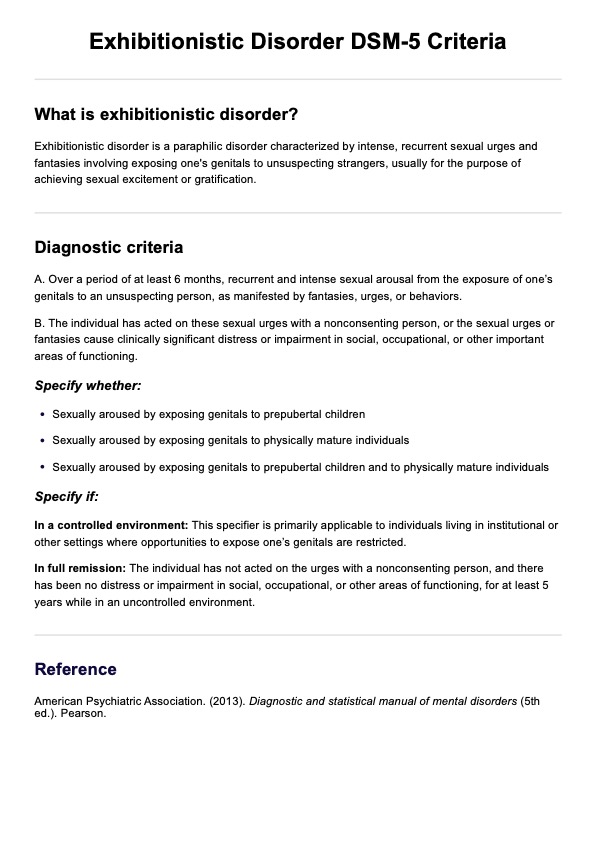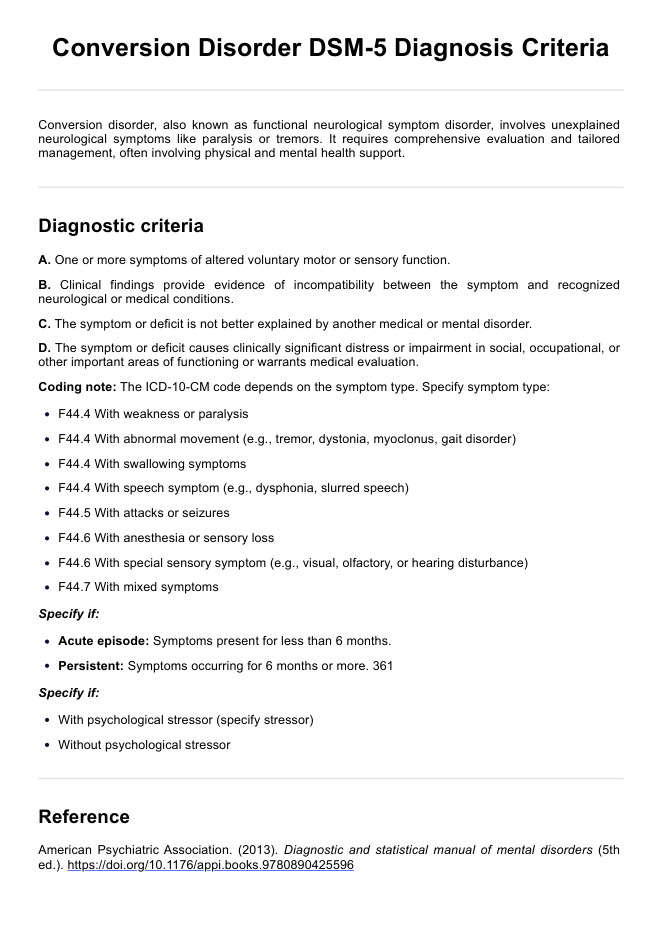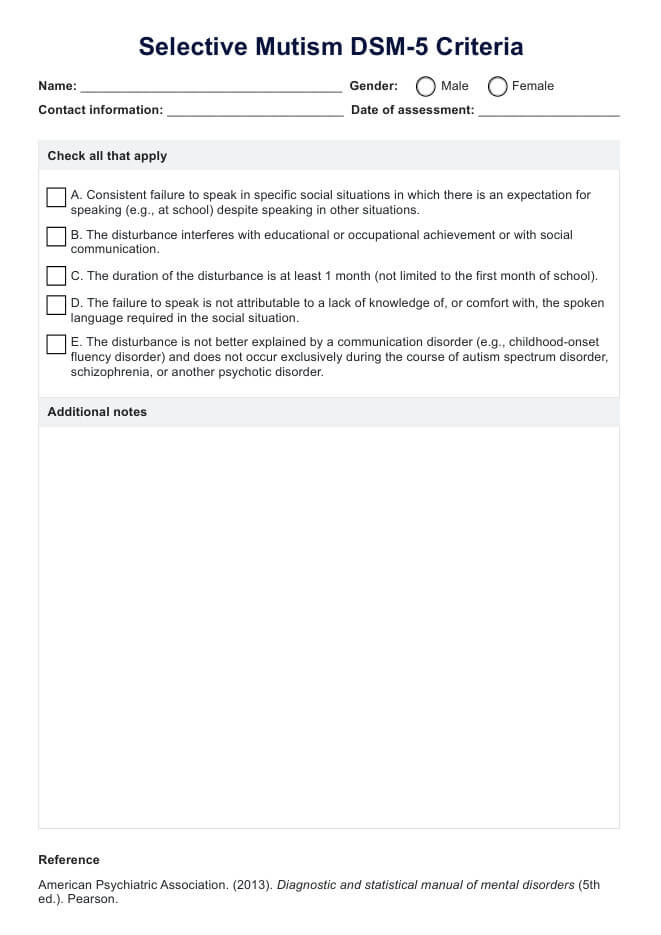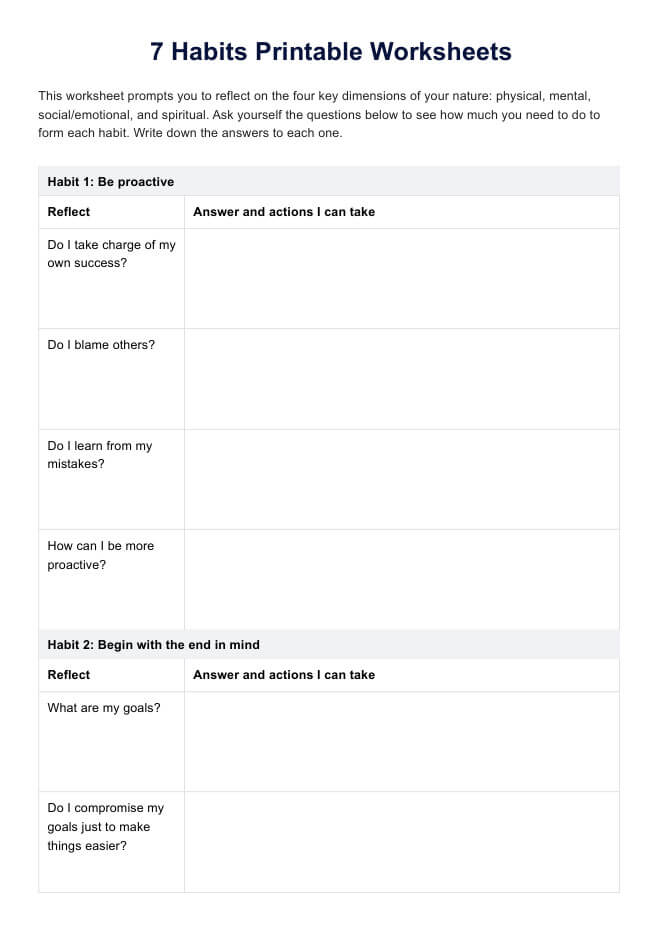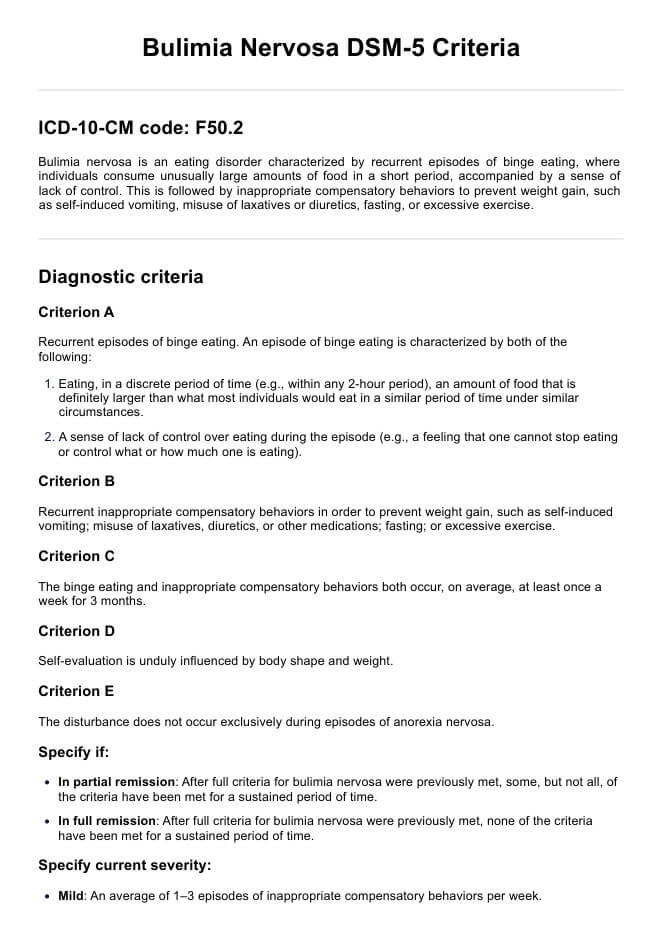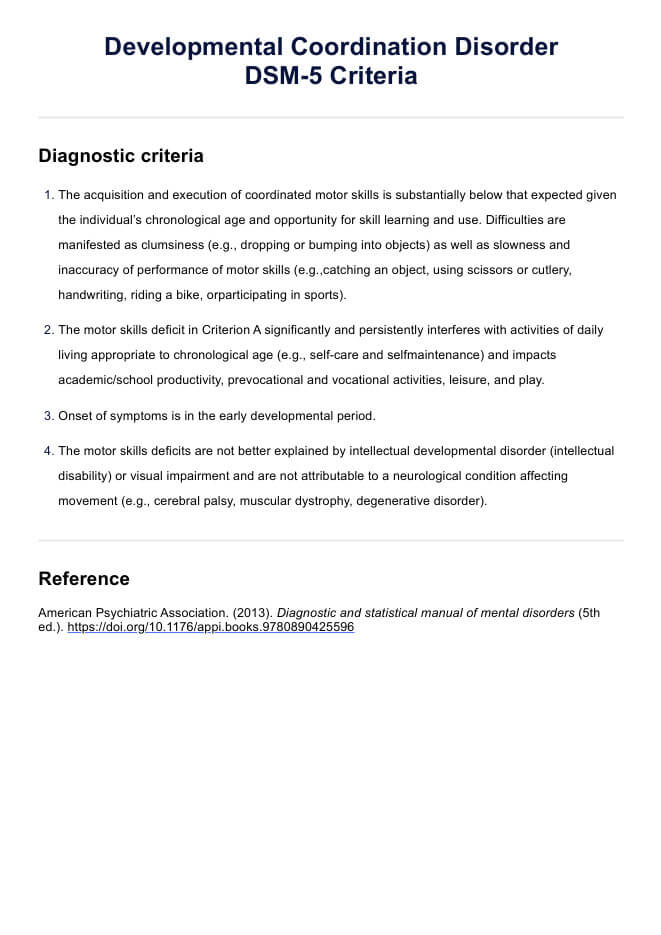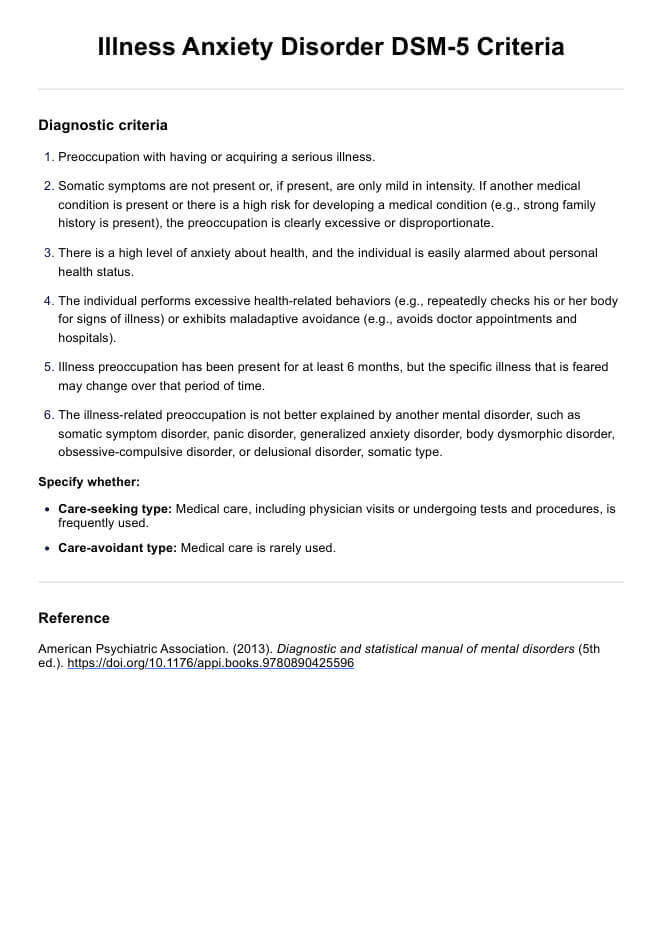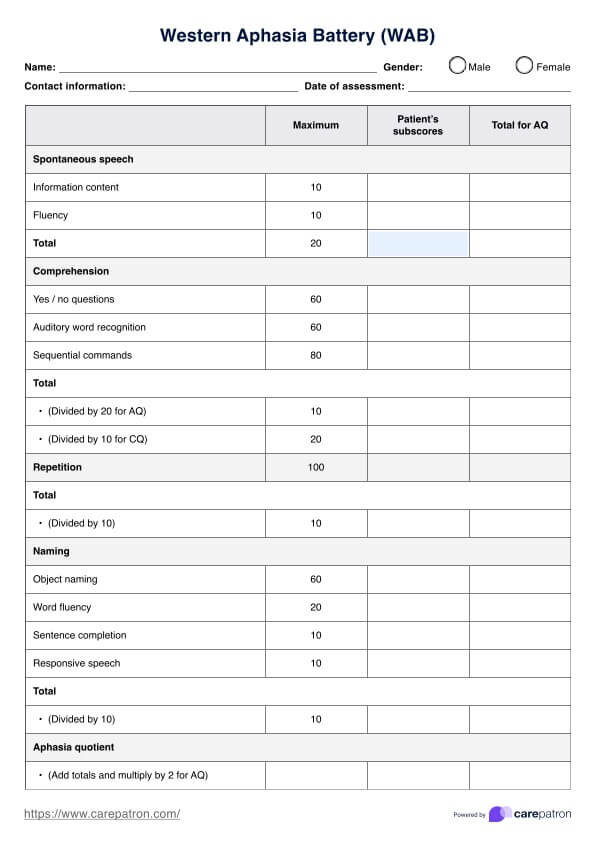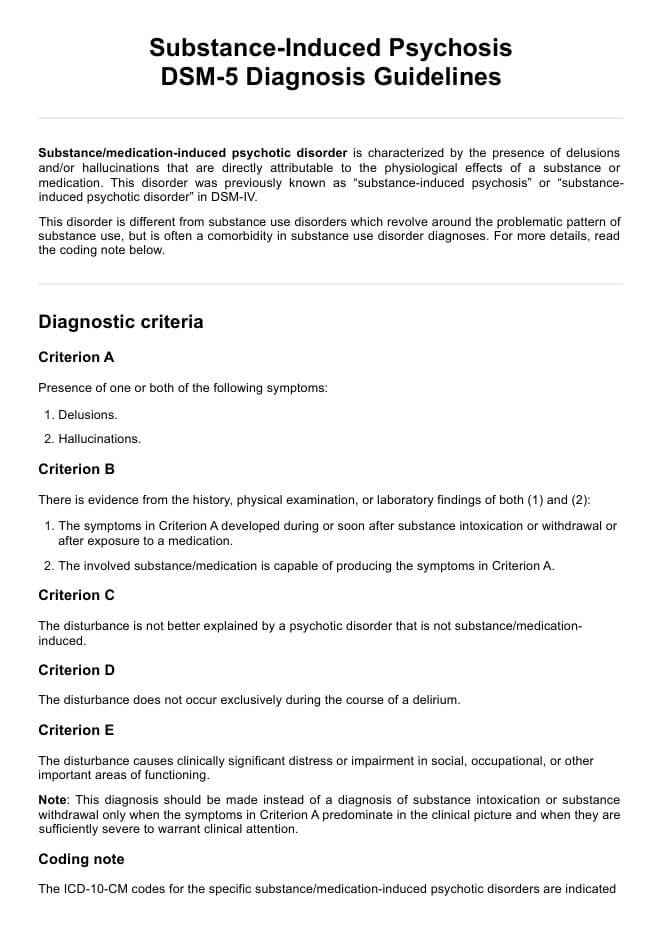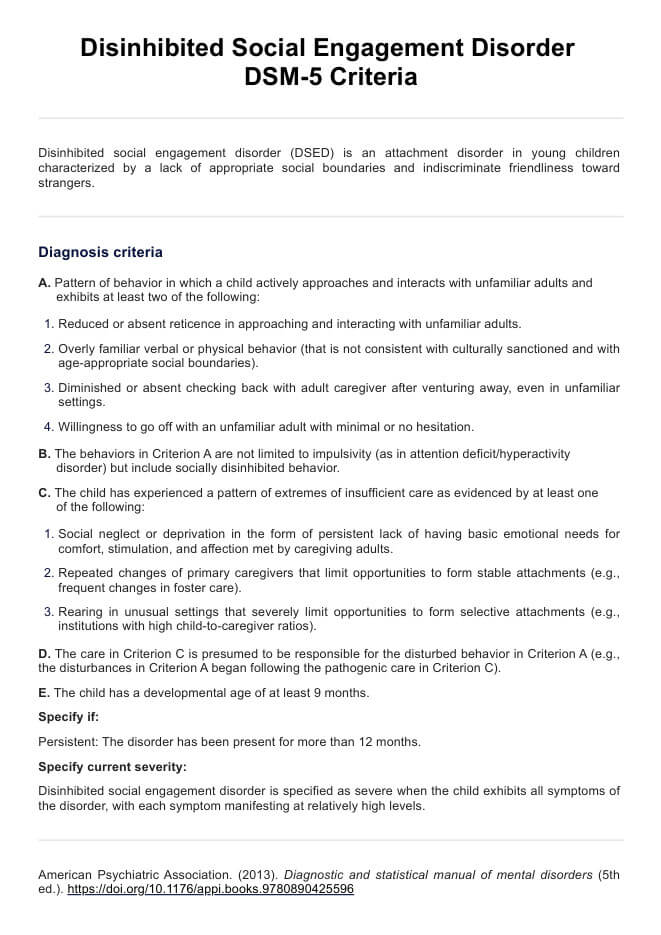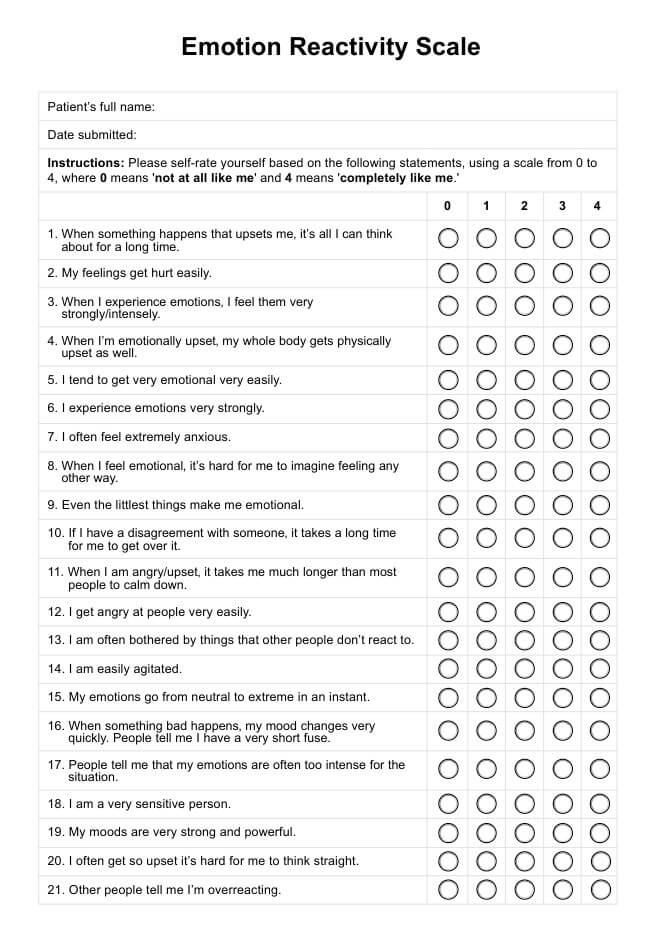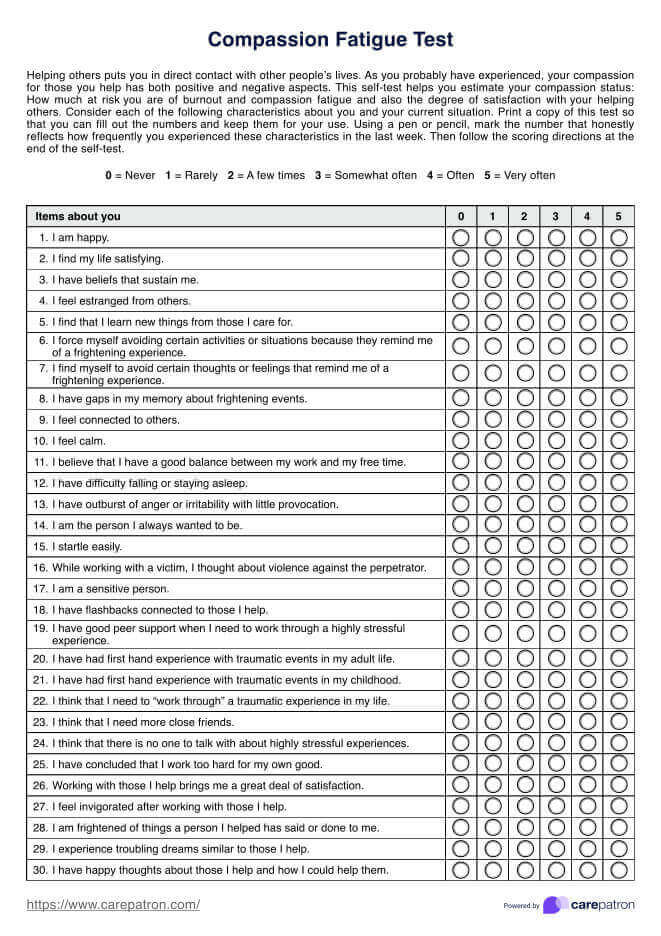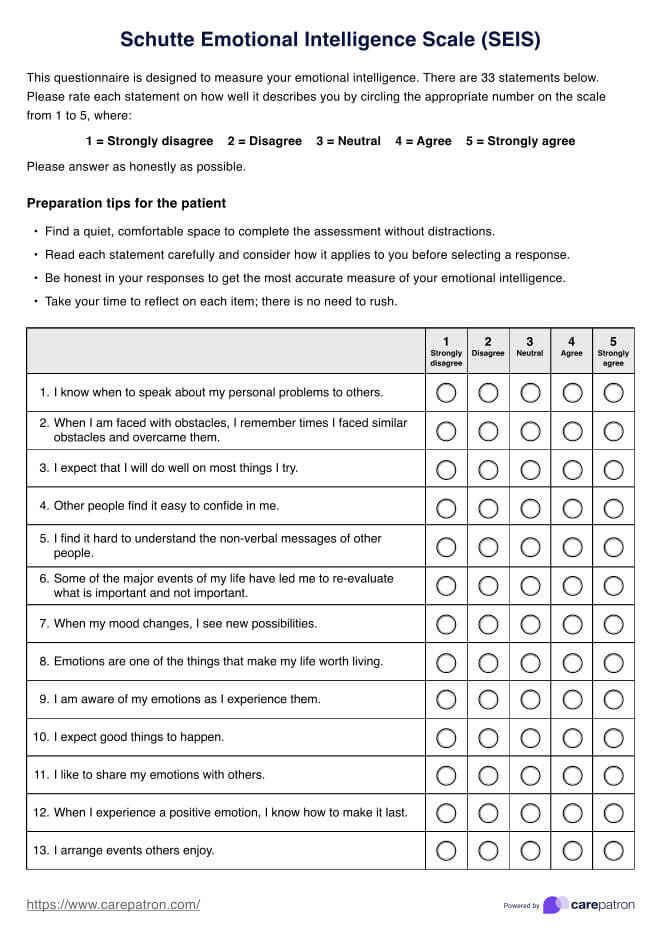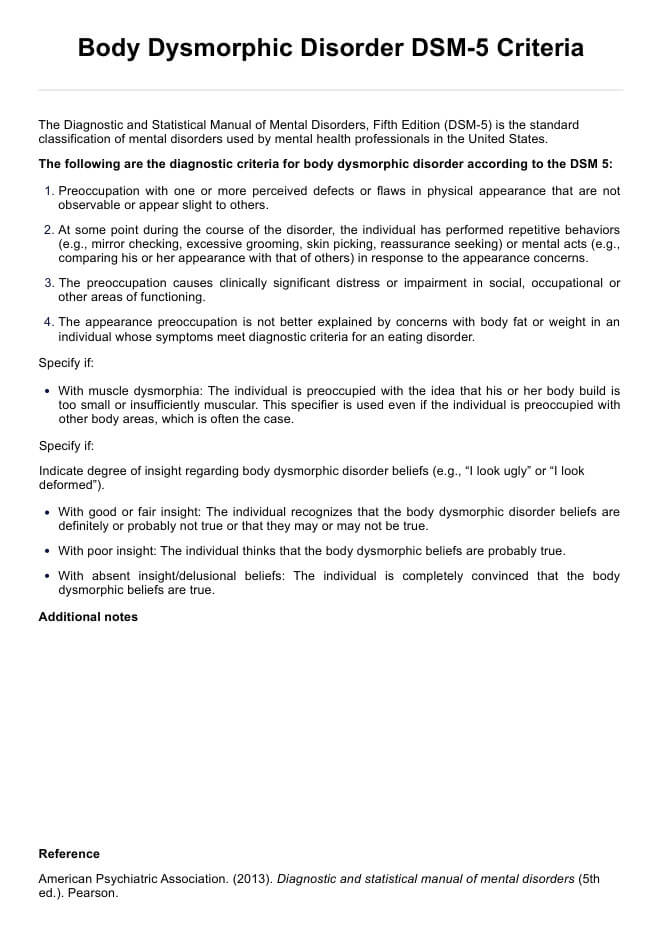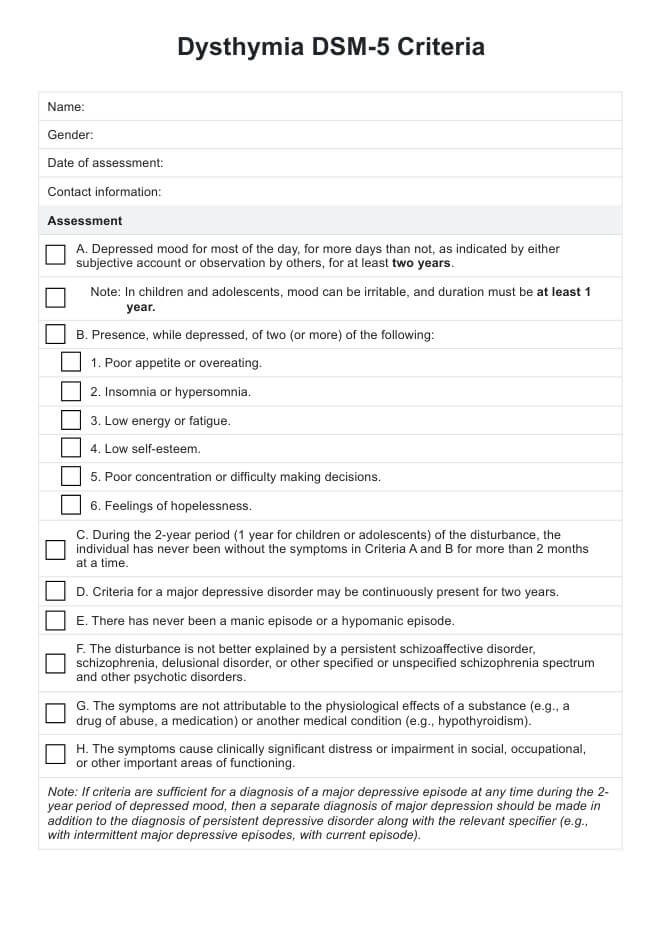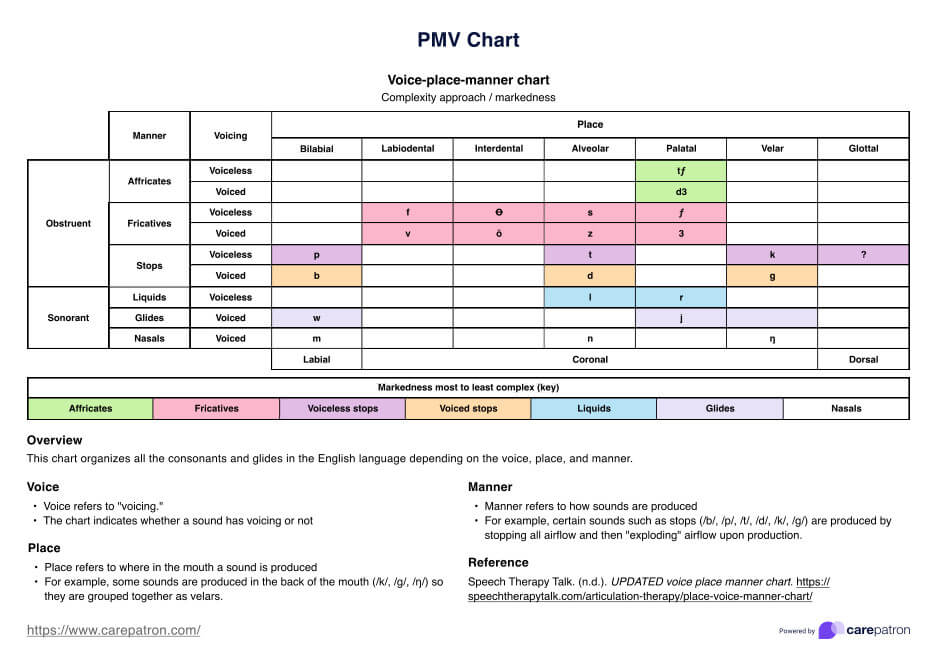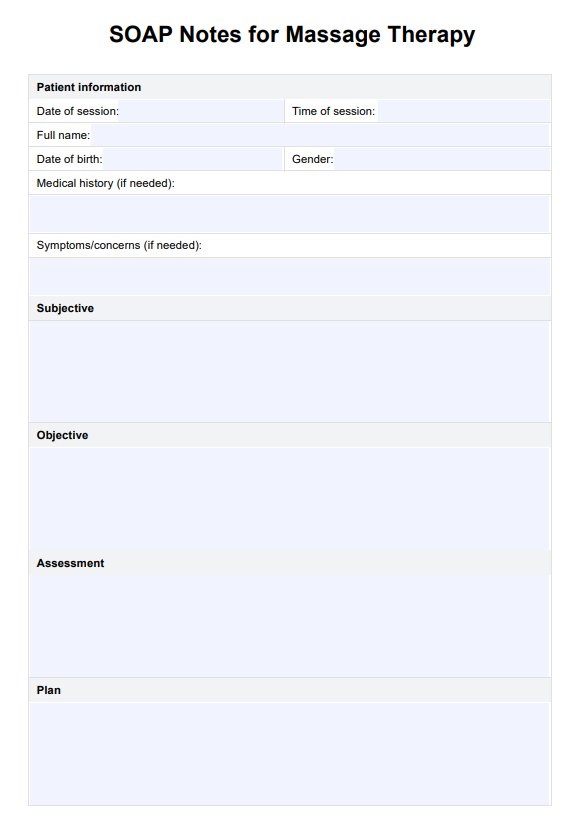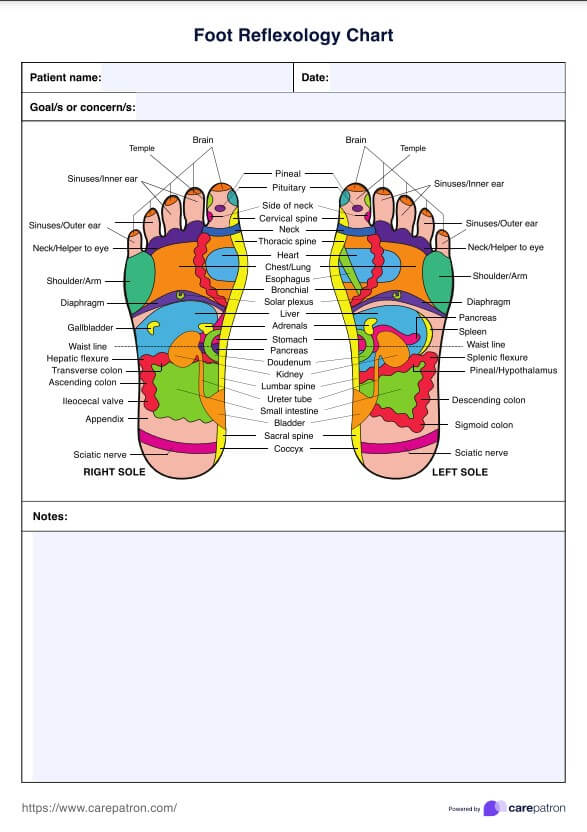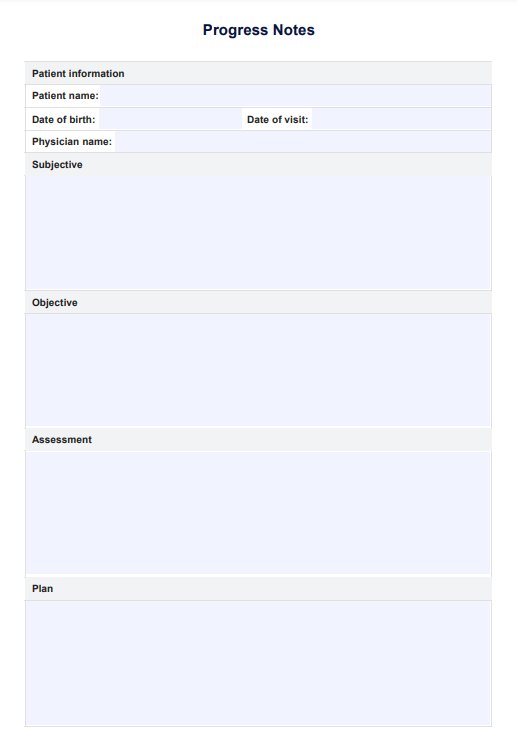Back Massage Techniques PDF
Learn various techniques with our Back Massage Techniques PDF. Download our free PDF example to get started today!


What is a back massage?
A back massage typically focuses on the area from the shoulders to the waistline, where individuals often experience pain, stiffness, or issues related to the sciatic nerve, which can radiate into the legs. Lower back problems are especially common in this region. In contrast, upper back issues tend to concentrate between the shoulder blades and extend upward toward the neck.
The muscles along the spine, from the pelvis to the upper back, are prone to shortening and tensing, which can worsen discomfort and limit mobility. A qualified sports massage therapist can greatly benefit from the specialized techniques of these conditions.
Massage therapy offers a holistic approach to improving both physical and mental well-being. By targeting the muscles, tissues, and joints of the back, alleviates pain, reduces stress, and promotes relaxation. Regular sessions enhance flexibility, increase range of motion, and improve sleep, leaving both the body and mind refreshed and rejuvenated.
Back Massage Techniques PDF Template
Back Massage Techniques PDF Example
6 back massage techniques
Individuals seek massages for various reasons, whether for chronic back pain, to relieve stress, to release muscle tension, a deep tissue massage, or simply a soothing back massage. Trained massage professionals have a number of techniques they can use that can be tailored to address the specific issues or preferences of the individual.
When administering a massage, a variety of strokes are employed. This requires the use of several hand configurations and movements, including the entire palm, fingers, thumbs, the tips of the fingers, and the elbow.
Here are six commonly practiced back massage techniques:
- Gliding or effleurage: This is a Swedish massage technique involving long, gliding strokes using the palm of hands to warm up the muscles, promote relaxation, and improve circulation. It's typically used at the start of a session to warm up the tissues.
- Petrissage or kneading: This consists of kneading, rolling, and squeezing movements using the fingers and thumb to target deeper layers of muscle tissue. By lifting and compressing the muscles, petrissage helps to release tension, improve circulation, and promote relaxation.
- Tapotement or percussion: This involves rhythmic tapping or pounding movements applied to soft tissue structures with the hands or fingertips. This technique stimulates circulation, energizes the muscles, and can help alleviate muscle fatigue and stiffness.
- Friction: This entails applying deep pressure and circular movements with the fingertips or thumbs to specific muscle tension or adhesions areas. This technique helps to break up scar tissue, release trigger points, and restore elasticity.
- Compression: This technique involves applying sustained pressure to the muscles using the palms, knuckles, or elbows. It helps reduce muscle tension, improve blood flow, increase circulation, and promote relaxation in targeted areas of the back.
- Myofascial release: This focuses on stretching and elongating the connective tissue (fascia) surrounding the muscles. By applying gentle, sustained pressure, therapists can release restrictions in the fascia, improve range of motion, and alleviate pain and stiffness in the back.
How to use our Back Massage Techniques PDF
Follow these steps to utilize our Back Massage Techniques PDF effectively:
Step 1: Download the PDF
Access the Back Massage Techniques PDF template by clicking "Use a template," allowing you to edit the resource via the Carepatron app. For a PDF copy, choose "Download."
Step 2: Familiarize yourself with the contents
Take your time to review the detailed instructions provided for each back massage technique, and study the accompanying illustrations to understand the proper hand placements and movements.
Step 3: Practice and master the techniques
Start with simpler techniques and gradually progress to more advanced ones as you gain confidence and proficiency. Take your time to refine your skills and adjust your technique based on feedback and personal preferences. Share copies with other massage therapists and patients if they want to try the techniques at home.
What tools and products should professionals use for back massages?
A trained massage therapist has a wide array of tools and products to optimize the effectiveness of back massages. These tools and products are carefully selected to give the recipient different sensations and therapeutic benefits. Here's an overview of some commonly used items:
- Massage table: A sturdy, comfortable surface designed for massages. It typically includes padding to support the body, adjustable height for the therapist's convenience, and a face cradle to ensure proper alignment and relaxation during the session.
- Massage oils and lotions: These lubricants reduce friction between the therapist's hands and the client's skin, allowing for smoother and more comfortable manipulation. Additionally, they can contain therapeutic ingredients like essential oils for added relaxation and pain relief.
- Massage chairs: Massage chairs are specialized chairs equipped with motors and rollers that simulate various massages. They provide a convenient option for clients to receive massages in a seated position, targeting specific areas of the back with customizable intensity levels.
- Massage balls: Massage balls come in different sizes and densities and apply pressure to specific points on the back. Therapists can effectively release tension and trigger points by rolling the ball along the muscles.
- Handheld massagers: These portable devices are designed to mimic the kneading and percussion movements of professional massages. Handheld massagers are versatile tools that allow therapists to deliver targeted massages while exerting less physical strain.
- Hot stones: Hot stone massage involves placing heated stones on the back to relax muscles and promote circulation. The heat from the stones penetrates deep into the tissues, providing a soothing and therapeutic experience for the recipient.
Benefits of using our Back Massage Techniques PDF template
Our free Back Massage Techniques handout is easy to use for both you and your clietns. Here are some of its advantages:
- Time-saving: Simplifies the planning process for massage sessions, providing step-by-step guidance to maximize efficiency without compromising quality.
- Professional guidance: Offers evidence-based techniques and best practices to ensure consistency and effectiveness in back massage therapy.
- Customizable: Allows therapists to tailor the techniques to meet individual client needs, such as targeting specific areas of tension or incorporating preferred pressure levels.
- Educational tool: Serves as a valuable resource for learning and refining massage skills, suitable for both beginners and experienced therapists looking to enhance their expertise.
- Client satisfaction: Improves therapeutic outcomes by promoting relaxation, relieving pain, and addressing individual concerns through a structured approach.
- Stress-free planning: Eliminates uncertainty in session preparation, enabling therapists to focus on delivering a high-quality and relaxing client experience.
Commonly asked questions
Back massages can help alleviate muscle tension, pain, stiffness, stress, and poor circulation. They may also reduce headaches, improve posture, and promote relaxation.
Yes, avoid back massages if you have open wounds, skin infections, fractures, blood clots, or certain medical conditions like osteoporosis or advanced heart issues. Always consult a doctor if unsure.
The frequency depends on your needs. Typically, it is weekly for chronic issues or once a month for general relaxation and maintenance. Consult with a professional massage therapist to get a specific timeline based on your needs.


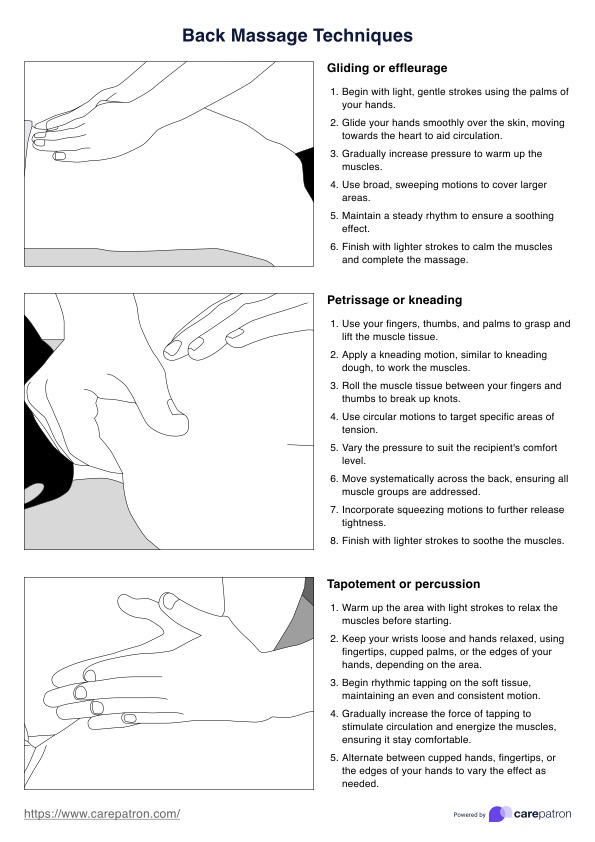
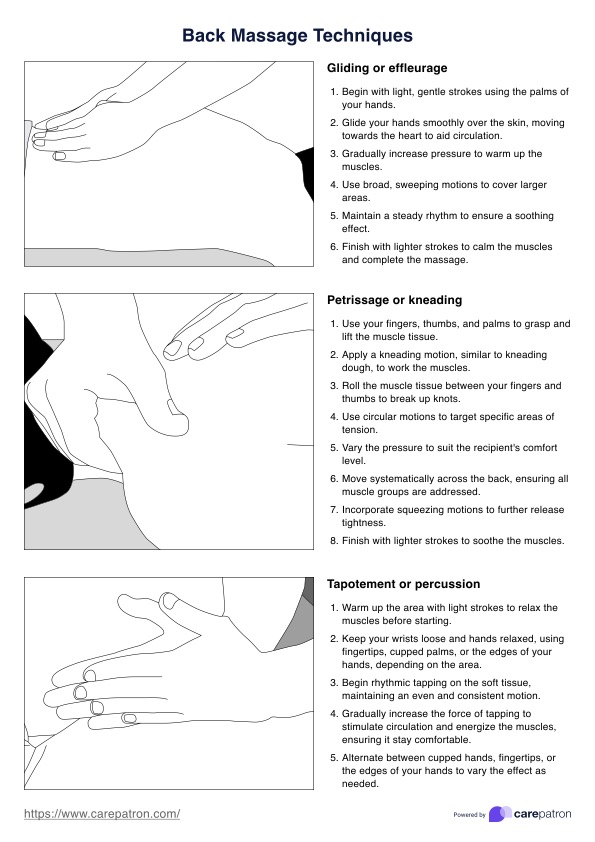

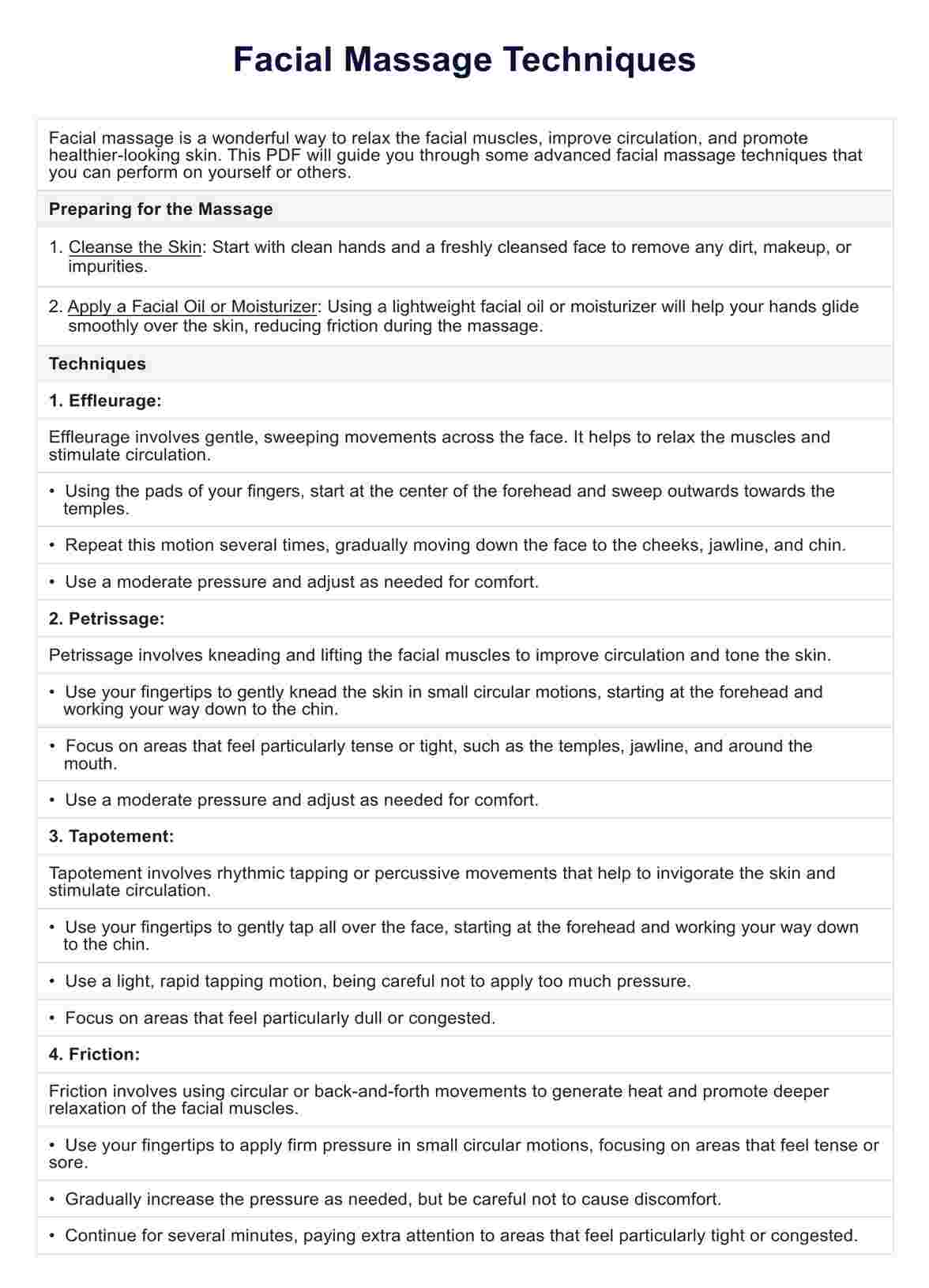
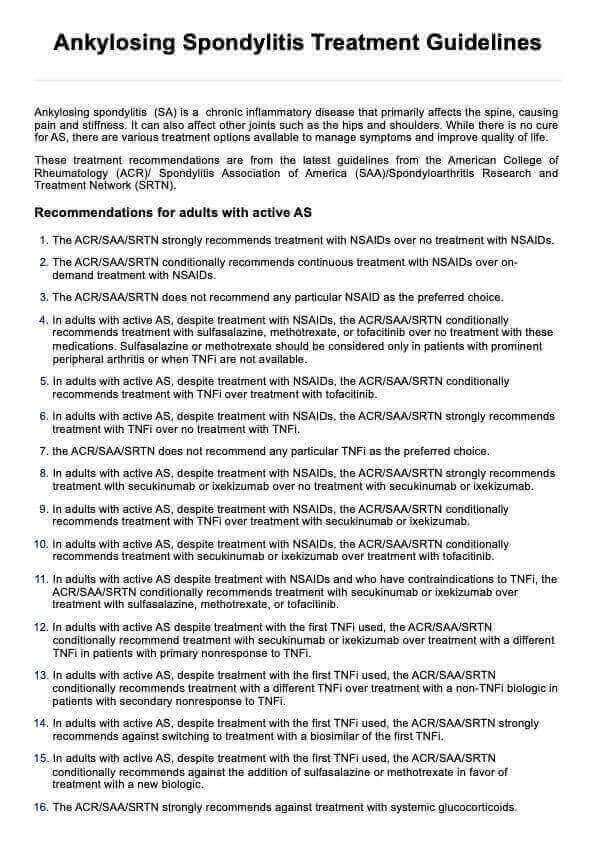
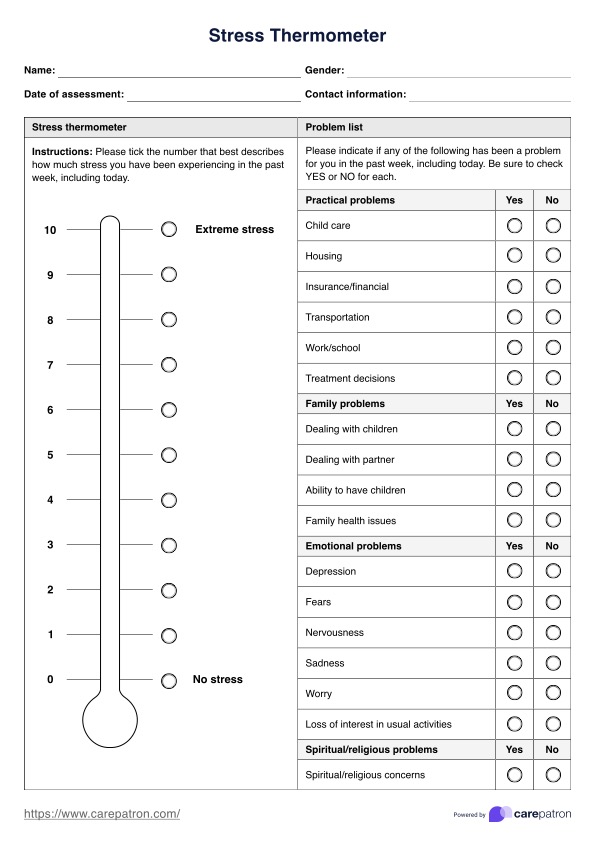
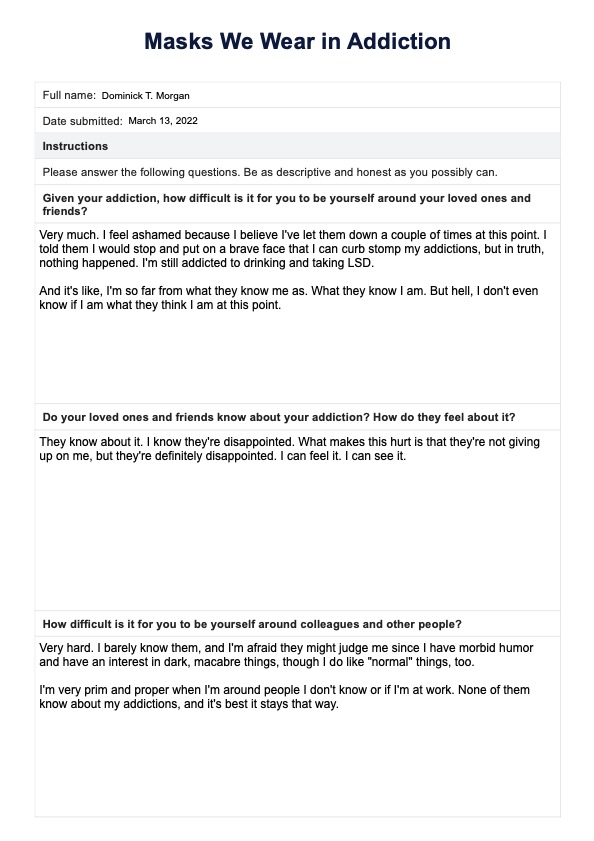








-template.jpg)


















































